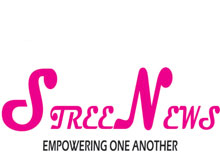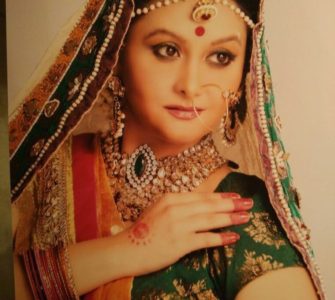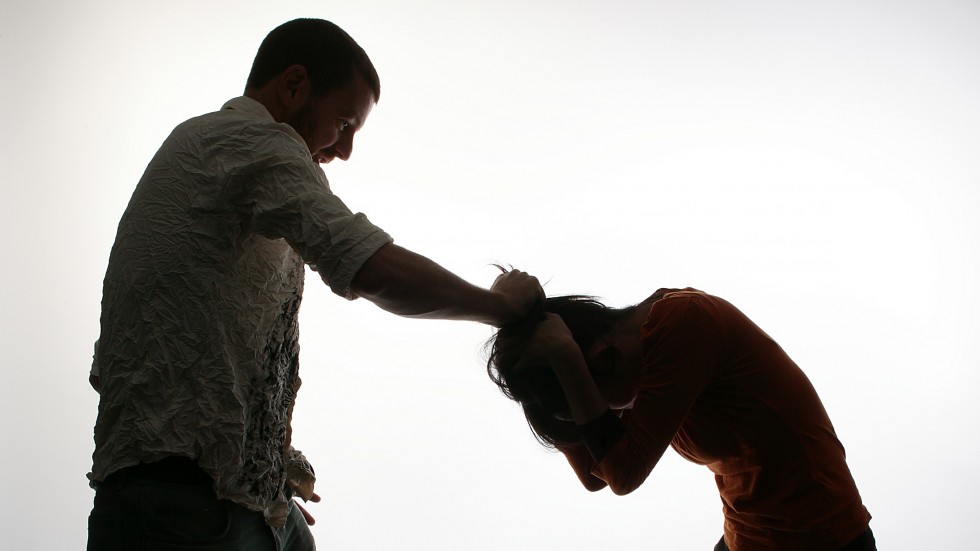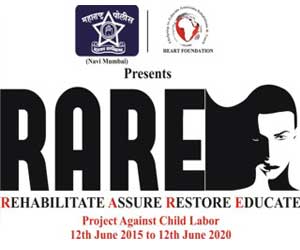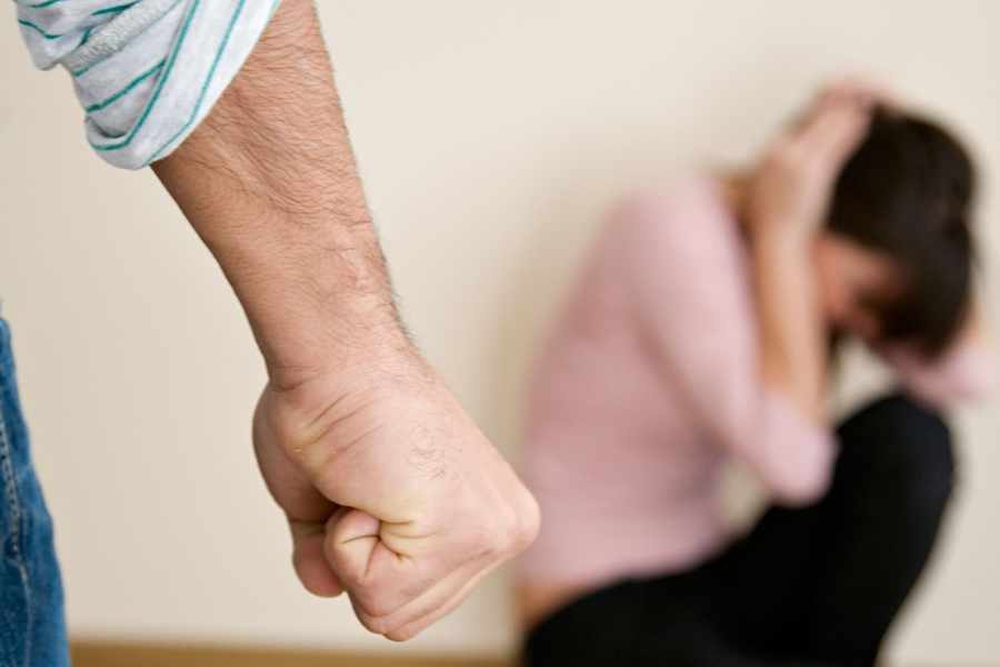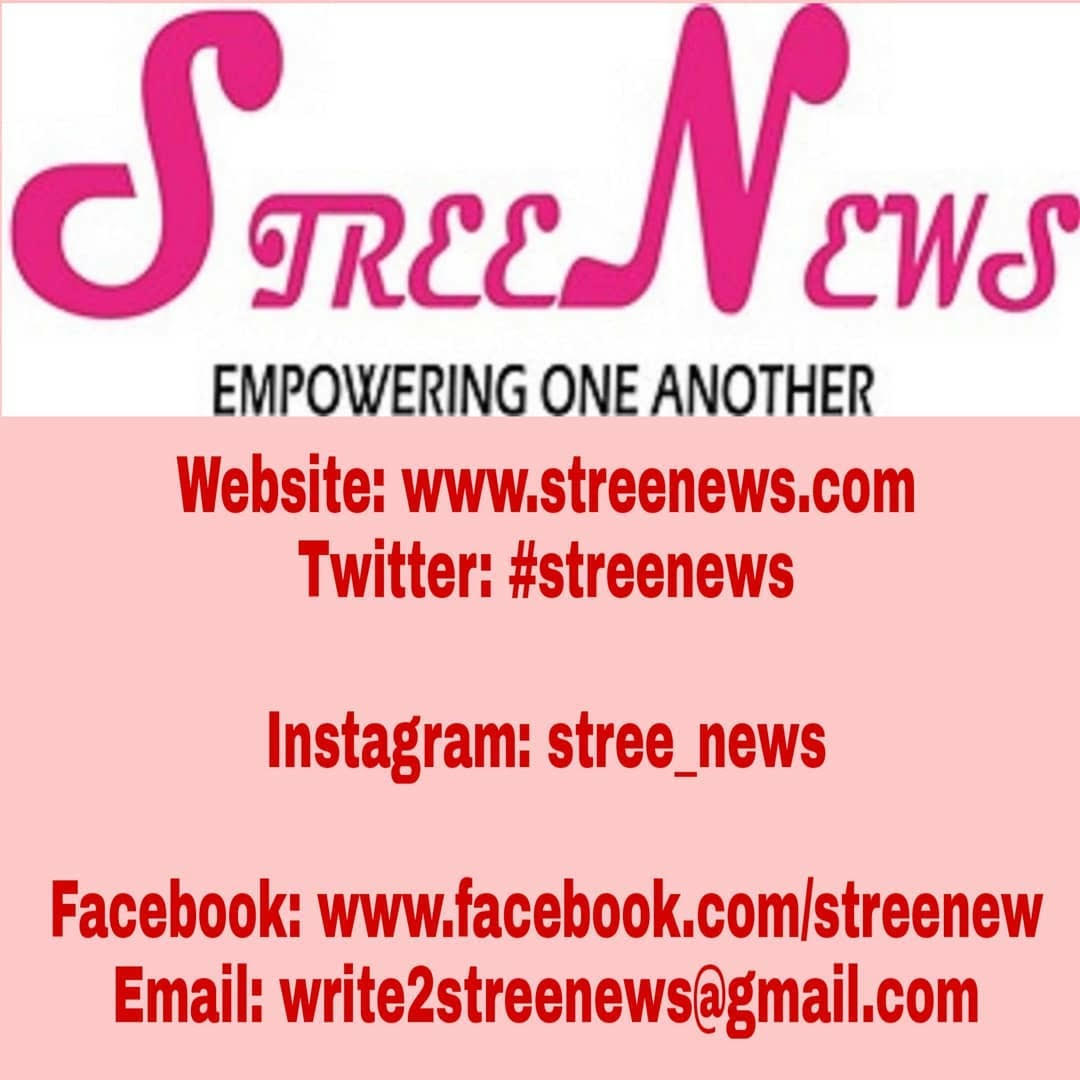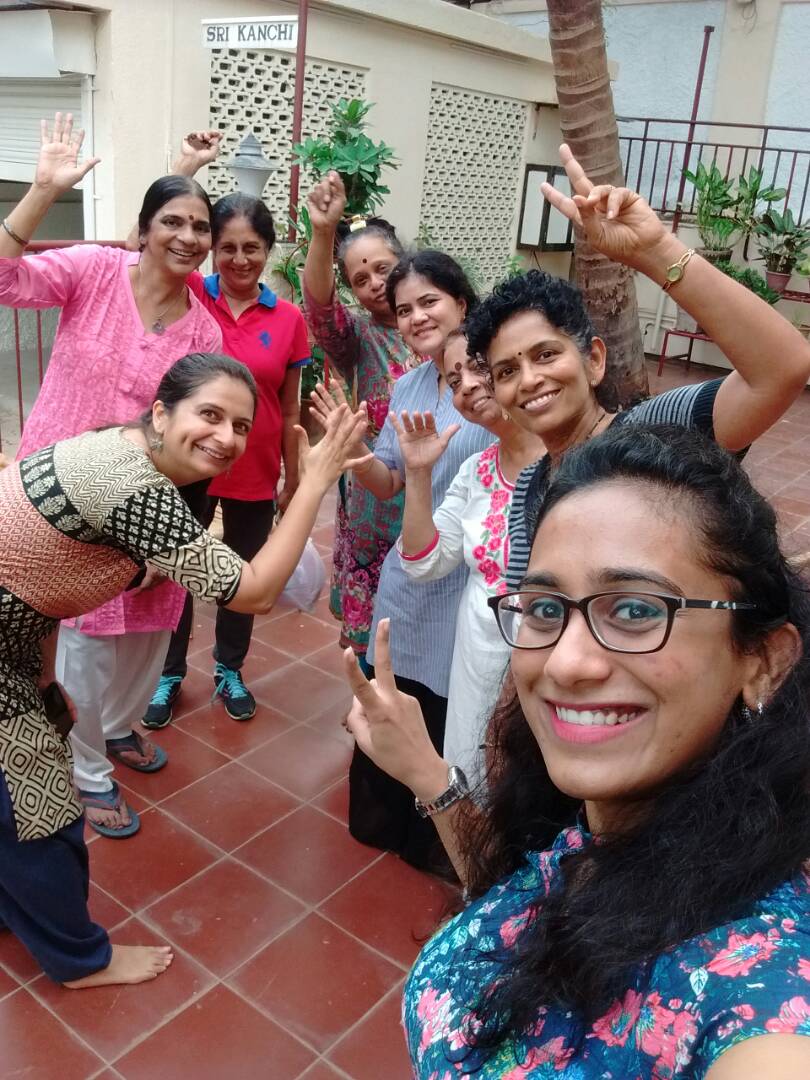
Riddhi Doshi
By: Riddhi Doshi
Pari (name changed) is 14. Her smile is refreshing and alive and her eyes always glinting with mischief. One would imagine that if she wasn’t strapped to a chair, she would be jumping around her class all the time. But she can’t as she suffers from Cerebral Palsy.
She has to be fed and sometimes her caregiver has to move her mouth to help her chew. People said that Pari can’t move. But I believe otherwise. My training as a dance and movement therapy practitioner has drilled into me that everyone with all kinds of physical and mental capacities can move. You just need to find ways to make that happen. And when a person moves, movement connects the mind and the body, healing, curing and empowering their entire being.
The American Dance Therapy Association (ADTA) defines dance/movement therapy as the psychotherapeutic use of movement to promote emotional, social, cognitive and physical integration of the individual.
I use it to work with people like Pari, senior citizens or the so-called ‘normal’ individuals across age groups, to help them discover themselves, recognise their emotions, understand why do they feel what they do and why do they behave the way they do, what causes these and help them heal and take greater control of their lives.
With Pari and other kids suffering from autism, mental retardation and Down syndrome, at a special school in Chembur, the task was challenging, but not impossible. We held hands and sang nursery rhymes together, played with balloons and flowers, made sock puppets and enacted stories and sometimes just swayed from one side to another, repeating the movement again and again.
In the initial sessions, Pari would be curious, but after a few minutes droop in her seat and fall asleep. But things begin to change after a particular session, in which we tied ribbons on kids’ hands and asked them to move with us. Next, the kids and Pari’s caretakers were asked to move the ribbons through different parts of bodies. Pari moved, just a little, but she did. When the ribbon touched her toes, she squeezed them, when they touched her hands, she squeaked in delight and when it touched her face, she looked at me, straight, making an eye contact for the first time and smiling her best. With great difficulties she called out to me ‘Riiiiiidhiiiii’ and clapped.
From that day on, I was always greeted with a clap, followed by my name. Pari started sitting up straight and every session, I witnessed a new movement. They were small, but they were there. She made an effort to stretch her hand to catch the balloon or dip her finger tips in water colour to draw. With increased movement, Pari had also started making an effort to communicate, to call out to people and to try and talk.
Movement and that too in a group has a lot of power. Why and how do you think the concept of folk dance or Shaman dance emerged? It connects people with themselves and others, building hope and power and creating a safe community where people can talk and share freely.
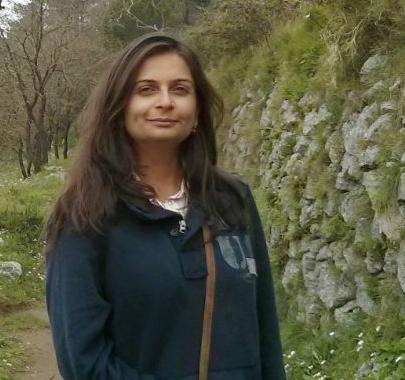
Feedback in my sessions with perfectly functional people has been heart-touching too. Some have realised that the garnered aggression is the result of a violent childhood incident. Others have found a way to de-stress and many others have found the strength to go up on the stage and speak in front of an audience. Women greatly benefit from the sessions. It gives them a way to express the thoughts and desires that are suppressed. It helps them deal with loneliness and rebuilds their lost self-esteem and identity and acceptance of their bodies.
I have so far worked with a total of 500 college and school students, kids from impoverished backgrounds, corporate houses, school teachers, senior citizens, homemakers and those diagnosed with mental illness. They have all benefited by moving, which I must mention here is not synonymous to dancing. But just movement, which all of us are perfectly capable of.
The writer is a Dance and Movement Therapy practitioner. To know more about these sessions and seek help, please call her on 98704-71116 or write on riddhi09@gmail.com
